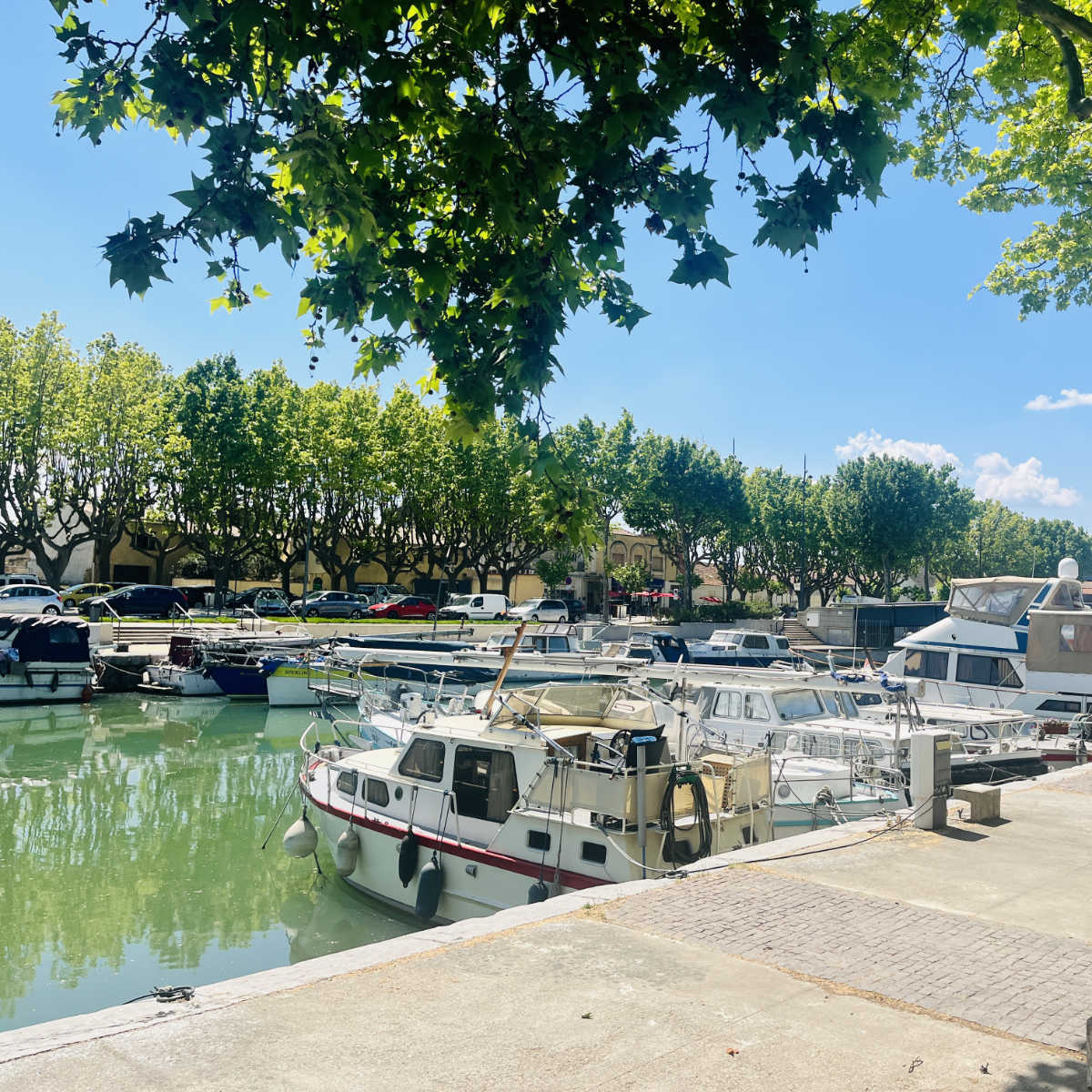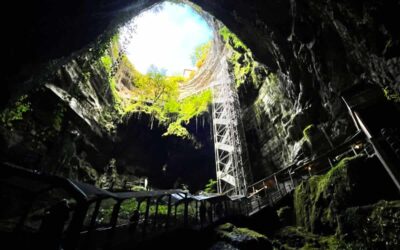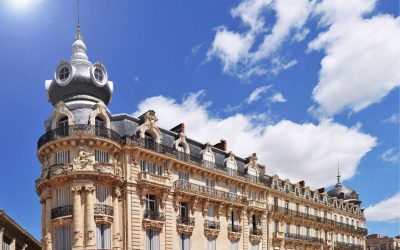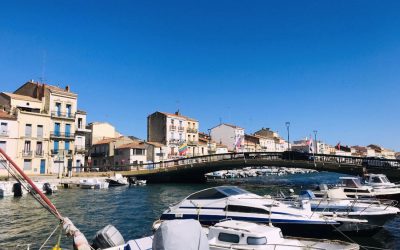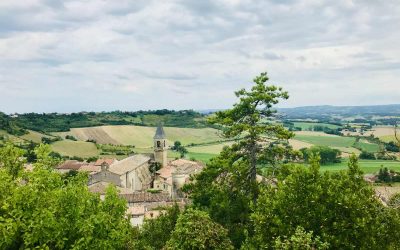Located in the Gard department, Beaucaire is a typical small town in southern France. It is located on the Rhone river, near the Cevennes mountains and the Alpilles.
However, for much of its history, this was an important town at the forefront of the battles for conquest and commerce. So let’s see what there is to see and do in Beaucaire, shall we? Allons-y!
History
Founded in the 7th century BC, Beaucaire was once famous for being a relay town on the Via Domitia that linked the Roman Empire to the far lands of Spain. It is here in Beaucaire, located on the banks of the river Rhône, that the Domitian way split towards the ancient roman settlements of Arles, Nîmes, Remoulins and Saint-Gilles.
At that time, Beaucaire was called Ugernum. Today, the city takes the name from the french words for “beautiful stone”, in reference to its many stone quarries in nearby mountains that were used in the construction of fortresses along the river.
Across the other side of the Rhône river from Beaucaire is Tarascon, with the duelling châteaux of each town facing each other. These were once parts of different Kingdoms, with the river serving as a border as a pathway for trade and commerce.
By 1229 the Languedoc region was organised into two royal strongholds, Carcassonne and Beaucaire. Located about 145 miles (230km) away, Carcassonne remains one of the most famous fortress towns in France, while Beaucaire lost much of its influence. The advent of the railway meant that the river Rhône is no longer a primary mode of trade and transportation, making Beaucaire’s position on the river less important.
Nonetheless, it is a charming small town that has plenty to offer for visitors to this part of the Occitanie region.
Things to see and do
1. Château de Beaucaire
Initially, the Château de Beaucaire was a powerful citadel during the reign of Saint King Louis IX. It was built in the 11th century and then demolished by order of Cardinal Richelieu, the powerful minister (who was the lead villain in French writer Alexandre Dumas’s 1844 novel, the 3 Musketeers.
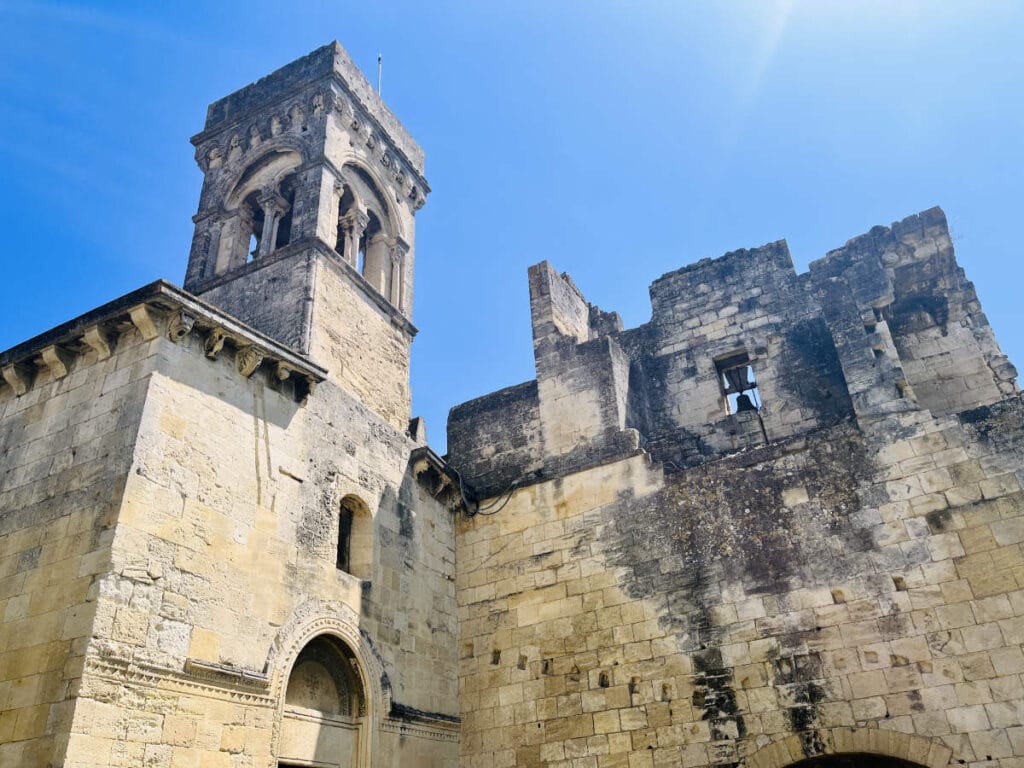
It was soon rebuilt, serving as a flashpoint in the battles betweenn the Papal city of Avignon and the counts of Poitiers and Provence. The English, the Burgundians, and the Italians would also all lay siege.
Today the château is a museum, and more interestingly also the site of an escape room game. (Unfortunately, the escape game is only in French.)
You can still visit the château however, and explore its ramparts and towers with views all the way up and down the nearby countryside.
2. Arenes de Beaucaire
Given its proximity to the Spanish border, Beaucaire has maintained a strong link to the local culture around the Camargue and the Pyrenees mountains. The arena of Beaucaire is a relatively modern arena constructed in 1902, featuring the corrida, bull-fighting shows and several ferias.
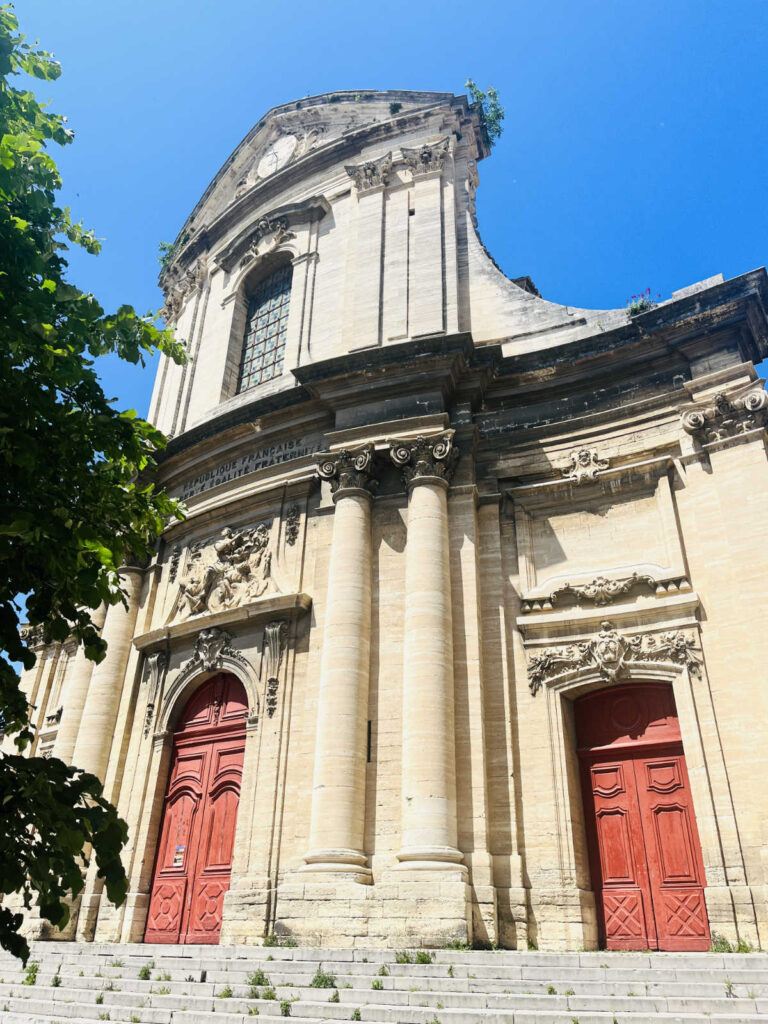
The “feria de Sainte Madeleine” held every July usually has 3 – 4 bullfights, Portuguese races, musical evenings, concerts, and flamenco evenings.
Festivals and events are usually held in the summer, so check the agenda if you would like to visit one of the shows.
3. Eglise Notre Dame des Pommiers
Above the town’s skyline, you will notice the collegiate church of Notre Dame des Pommiers. It is an 18th century church that was built on top of the vestiges of an old Romanesque church.
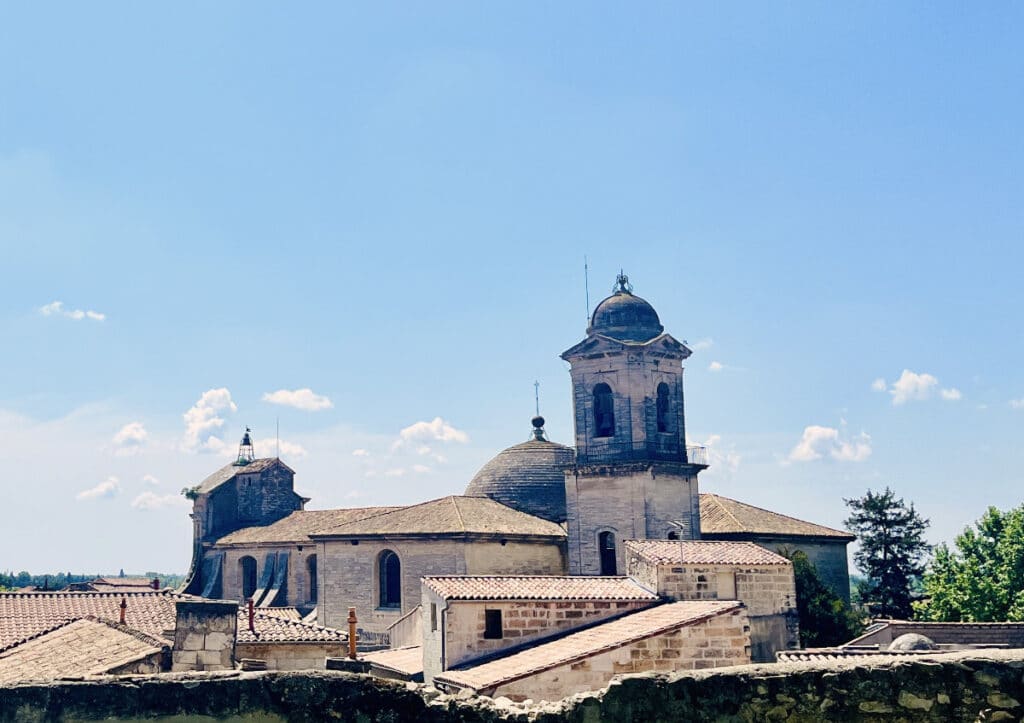
Designated a monument historique, the church is dedicated to the Last Supper, with many carvings and paintings about that fateful event.
4. Go to the market
You can find all sorts of local specialities from Occitanie at the market, from truffles, sausages, fresh produce, etc.
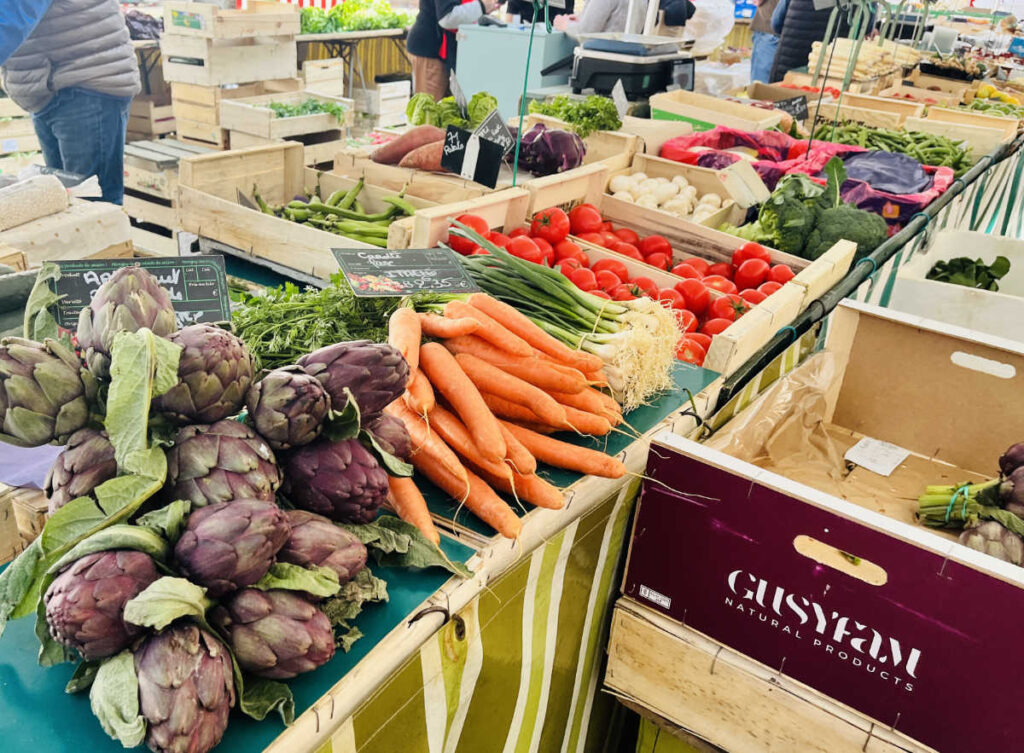
The weekly market is held on Thursday and Sunday morning at Place Georges Clémenceau and Cours Gambetta. You can read more tips about visiting markets in France here.
5. Walk along the canal at Beaucaire marina
In the late 18th century, Beaucaire gained a new claim to fame. The town became the site of the construction of a new canal, called the Canal du Rhône à Sète.

The canal leads from Beaucaire to Aigues-Mortes, crossing the wet plains of the Petite Camargue, and from Sète to Saint Gilles and Montpellier. Eventually, the Canal du Midi would extend its reach all the way to Toulouse.
The area around Beaucaire marina is a lively area, with plenty of shops and restaurants attracting locals and visitors. It is also along the canal that visitors must leave their cars, as this is edge of the pedestrian zone.
6. Explore the Old town
The city of Beaucaire has been a center of activity for over two thousand years. The historic town center is beautiful and filled with artisan shops, bistros, cafes and galleries.
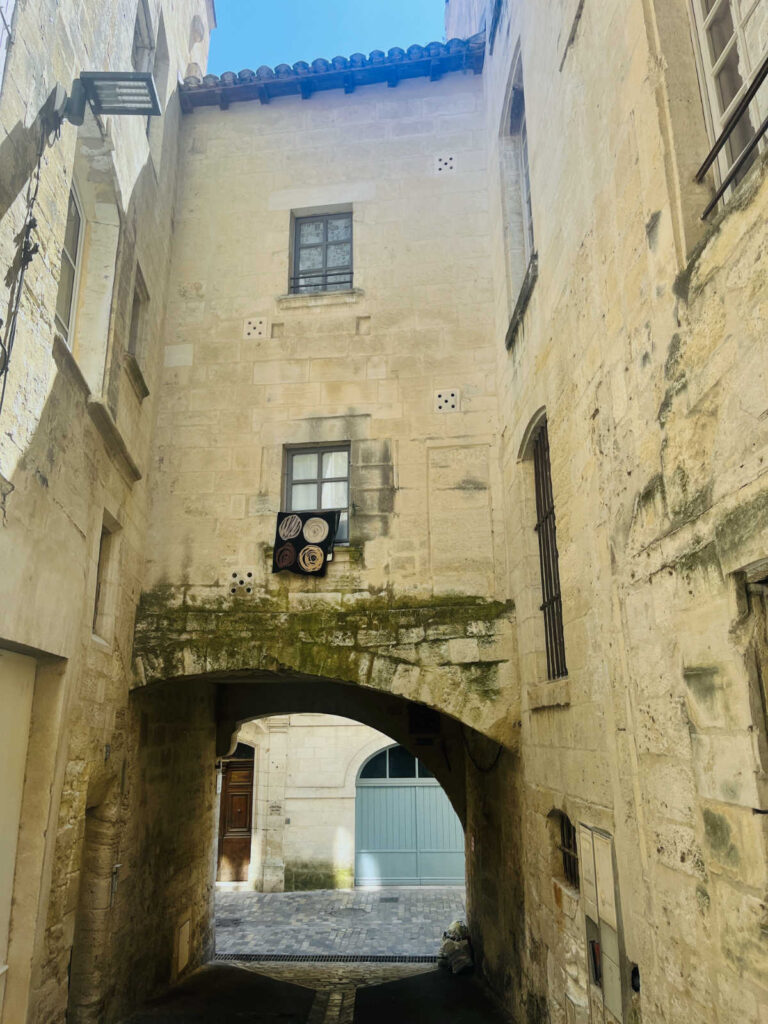
While it doesn’t attract as many tourists as some of the more charming small towns of nearby Provence, it nonetheless has a charming pedestrianized area that makes for a wonderful visit.
7. Head over the bridge to Tarascon
High up from the ramparts of Château de Beaucaire, you can see its counterpart in its twin city of Tarascon. Legend has it that Tarascon is famous for being the resting place of Saint Martha of Bethany, making the town, at one point in its history, a popular place for visitors and pilgrims.
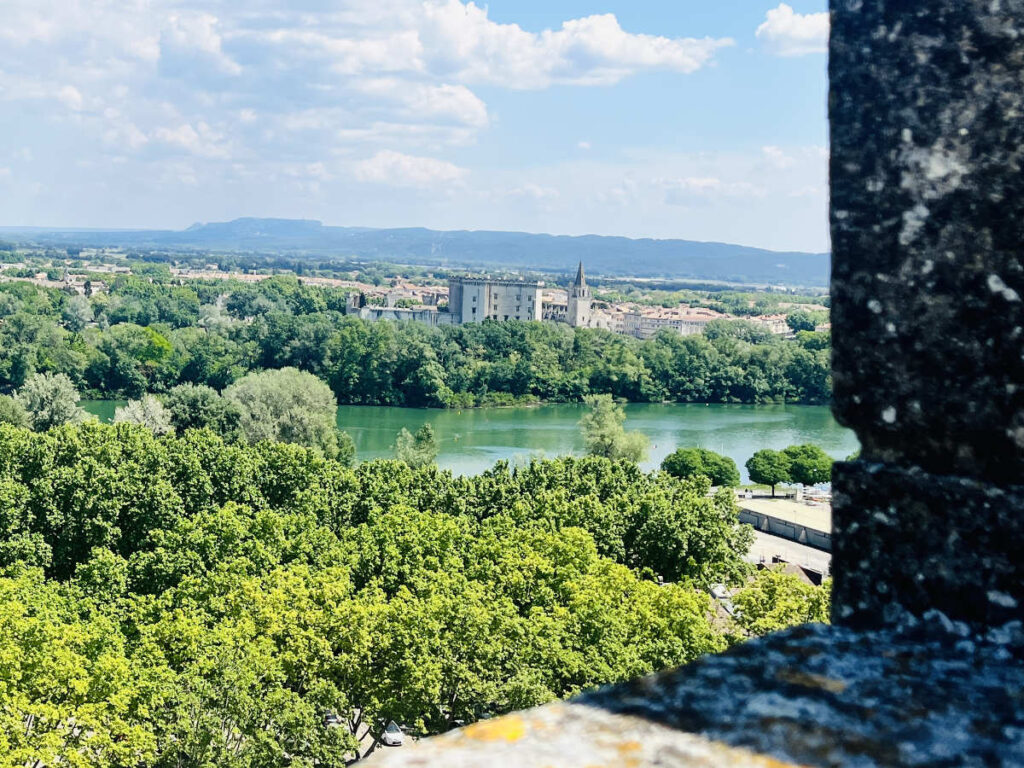
You can walk over to Tarascon using the bridge over the river Rhône or drive on over. Tarascon is officially considered to be in the region of Provence, as the mighty Rhône river was the border separating the two lands who were under different rulers. You can read more about visiting Tarascon here.
8. Visit Pont du Gard
About 30 minutes away from Tarascon is an ancient Roman aqueduct known as Pont du Gard. Built over a period of 5 years in the 1st century, the aqueduct was built to carry water to over 50 km (31 miles) to the Roman colony of Nimes.
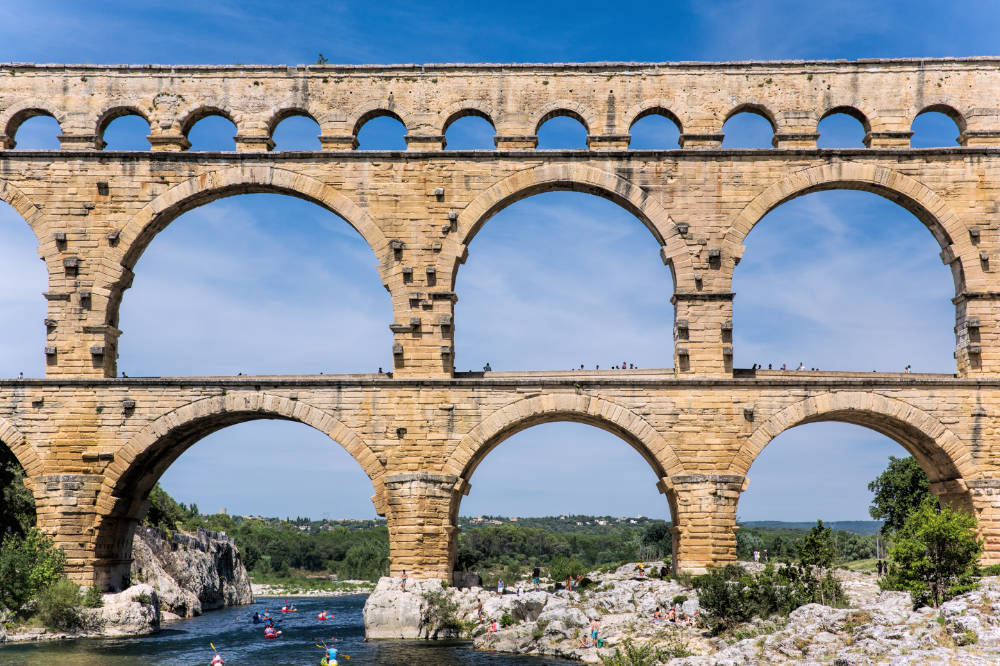
With 3 tiers of arches, it crosses the river Gardon and is the highest of all Roman aqueduct bridges, as well as being one of the best-preserved.
After the Roman empire collapsed, the Pont du Gard remained in use as it also served as a toll bridge for people looking to cross the river. The bridge remained mostly intact, with the Ducs of nearby Uzès being responsible for maintaining the bridge.
Rather than delivering water, the bridge instead became a tourist attraction, with everyone from French Kings to apprentice masons making their way to the bridge to admire its architecture.
Today, it is one of the most popular destinations in France. You will need a rental car to visit, or alternatively you can book a tour with transport.
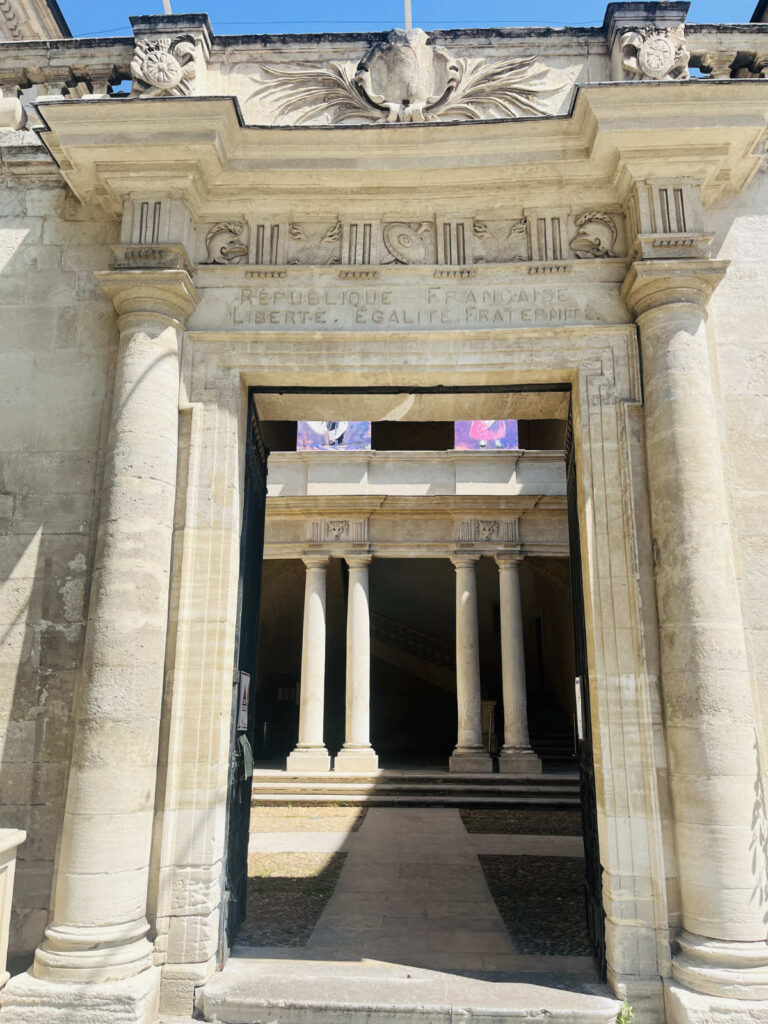
How to get to Beaucaire?
It takes around 6h45 minutes to get to Beaucaire from Paris by car. The closest airport is in Marseille which is about 1 hour drive away.
If you are coming from Paris, you can take the TGV high-speed train from Paris to Nimes which takes around 3h and then take another train for 10 minutes to arrive in Beaucaire.
How many days should you spend?
You likely only need a day to visit Beaucaire and Tarascon, but you may decide to base yourself here to visit all the other small villages and towns in the area like St. Remy de Provence, Roussillon, Arles, Avignon, Nimes, Uzès, etc.
When is the best time to visit?
Beaucaire is known for its “Feria de Sainte Madeleine” held every July. It usually has 3 – 4 bullfights in the Arenes as well as concerts, and flamenco evenings.
I should note that Beaucaire in the deep south of France does get quite hot in the summer months, so you may want to reserve a hotel that has airconditioning.
Where should you stay?
There are not as many hotel options right in the Tarascon city center, as most hotels and lodging caters to those with a car who are heading to Pont du Gard and other small villages around the area.
If you want to stay within walking distance, I recommend staying at Hotel de Provence in Tarascon, which is about a 20 minute walk to the Château de Beaucaire.
In Beaucaire:
- €€€ – Logis Vignes Blanches Hôtel – about 1 mile away from Beaucaire city center
- €€€€ – Hotel Domaine des Clos – Les Collectionneurs – about 3 miles away from Beaucaire city center, with swimming pool
In Tarascon:
- €€€ – Hotel de Provence
- €€€€ – Mas des Comtes de Provence – luxurious hunting lodge located 2 miles away from Tarascon center

If you enjoyed that article, you may like to read more about traveling around the Occitanie. A bientôt!
